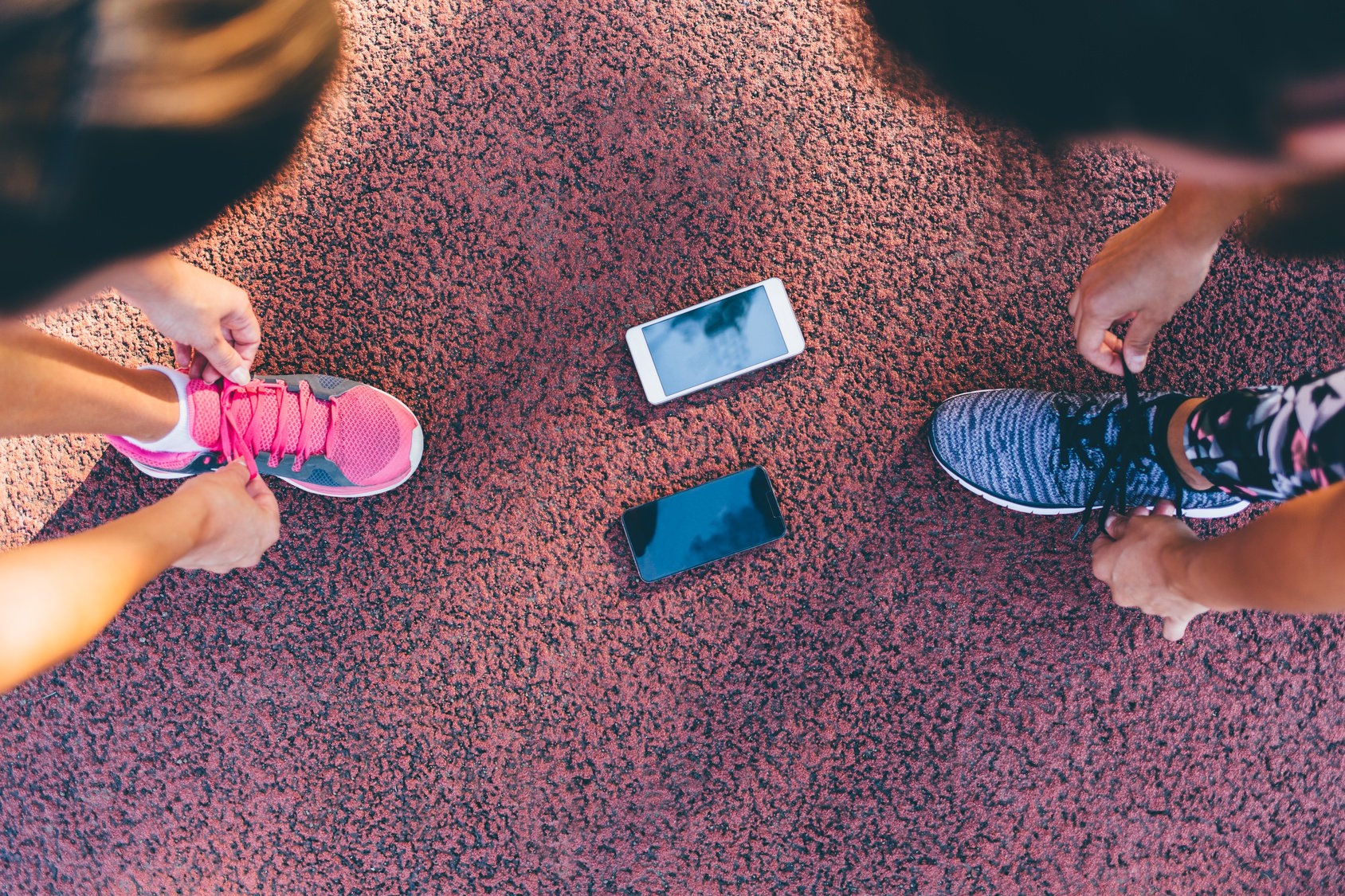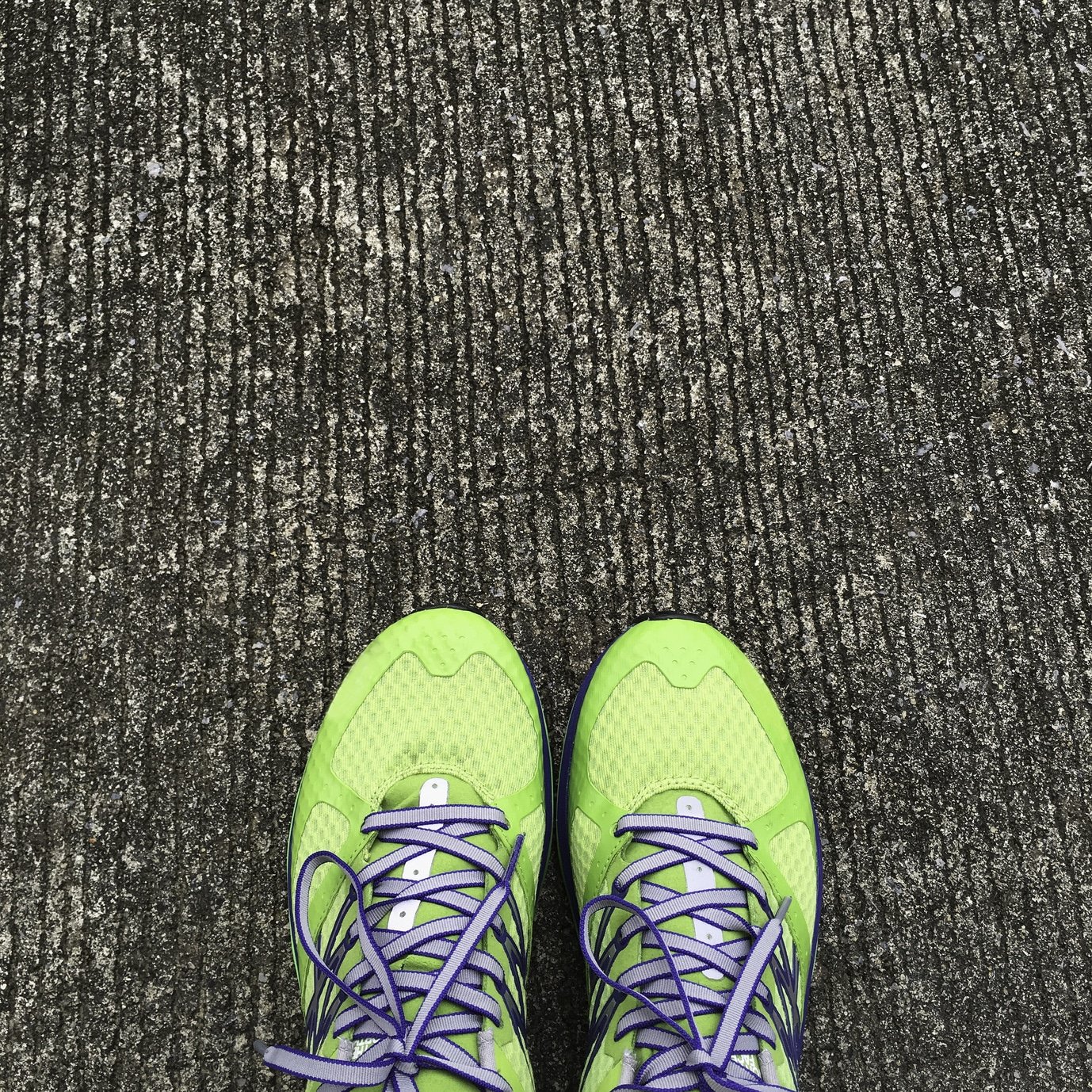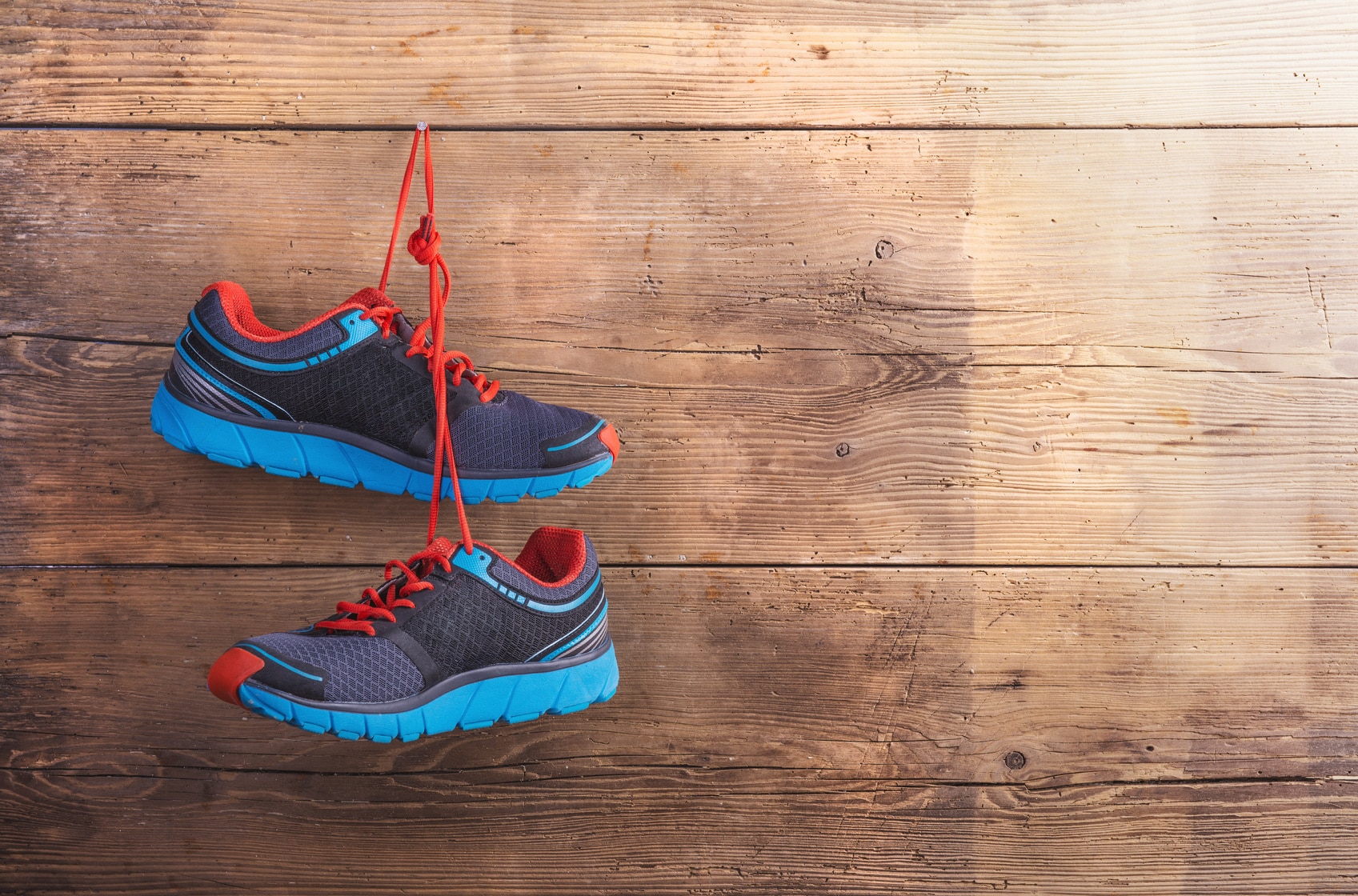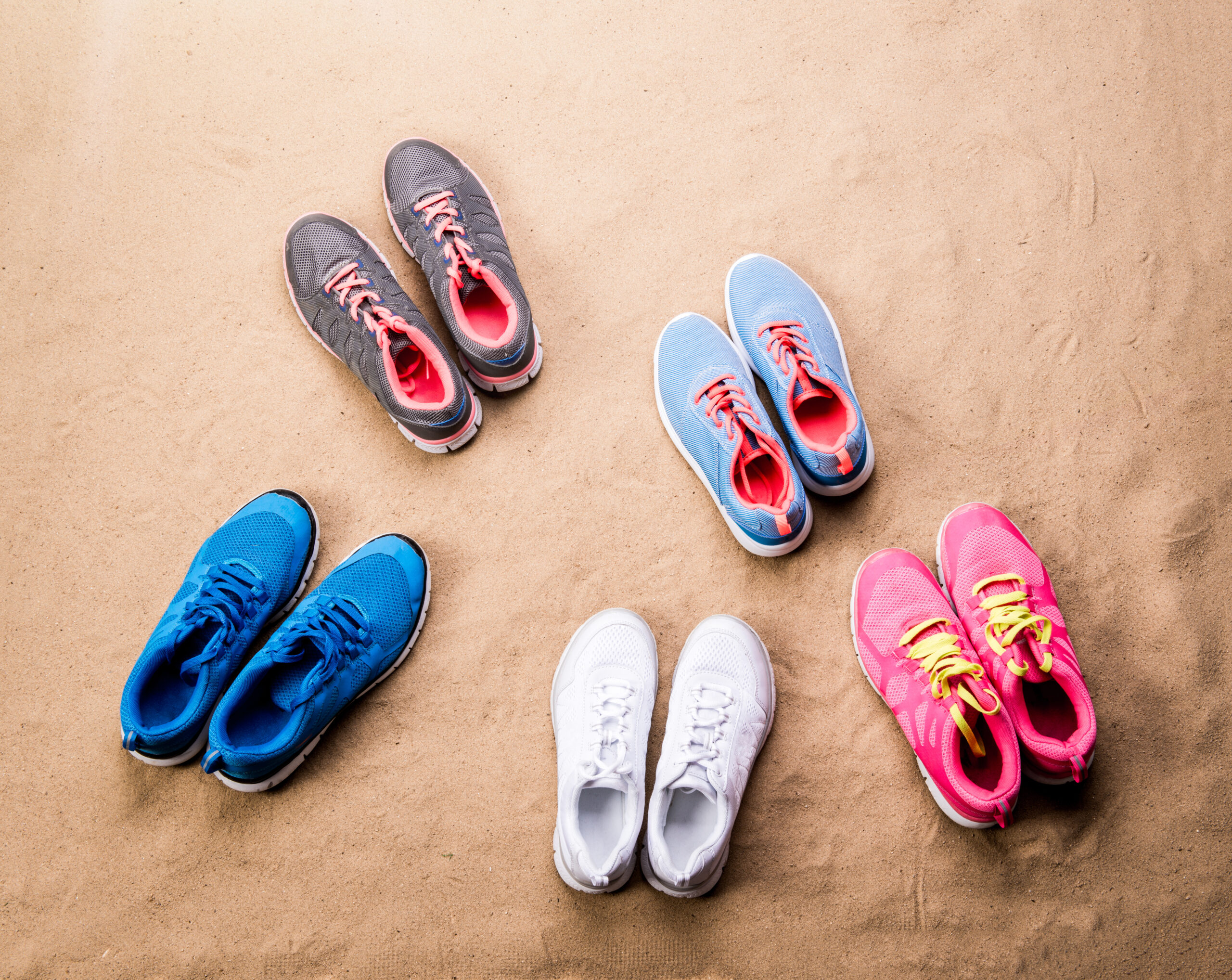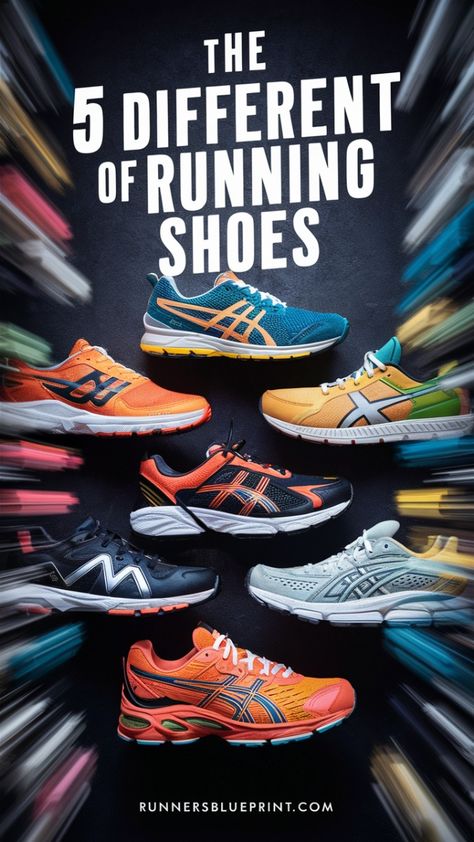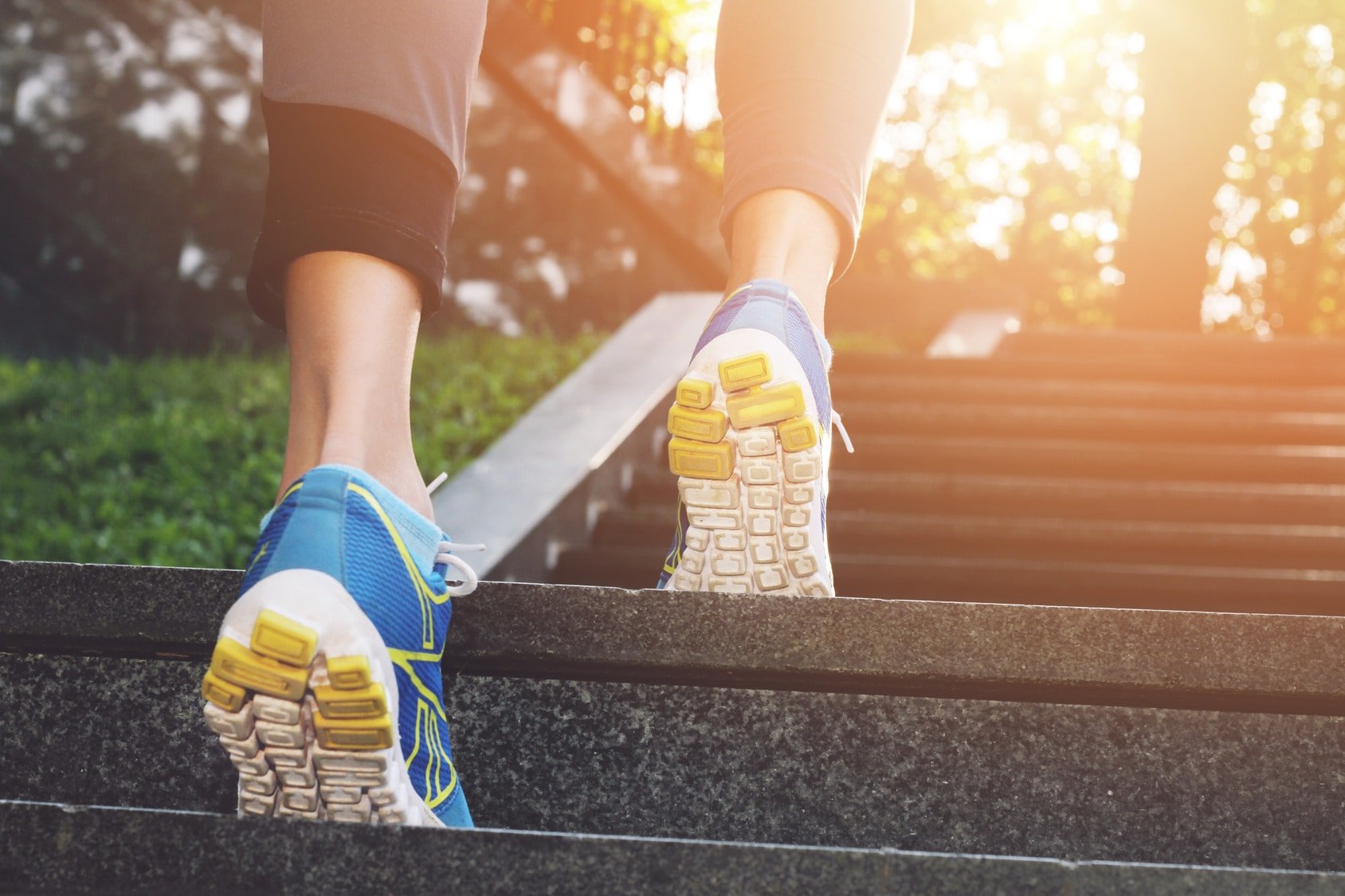Looking for the best advice on how to choose the right running gear? You’ve come to the right place.
The truth is, your running equipment can have a massive impact on your training performance and motivation.
Whether you’re just starting out or you’re a seasoned runner, having the right gear is crucial. The right equipment not only boosts your chances of success but can also make your runs more enjoyable.
I’ve seen runners show up in cotton T-shirts that weigh a ton by mile two, or in shoes that belong in the gym, not on the road. Trust me, the gear you choose can make or break your experience. But don’t worry—I’m here to help you sort through the noise so you can focus on what matters: running happy and staying injury-free.
In this post, I’ll share the must-have running items for all runners, from beginners to experienced athletes. This guide will be especially useful if you’re unsure about what gear you really need and what you can do without.
What Is Running Gear?
Running gear, running equipment, or running accessories refer to the various items you can wear or use during your training or races.
This encompasses everything from shoes and technical clothing to sports bras, performance socks, hydration belts, and even high-tech gadgets like heart rate monitors and GPS watches.
But why should you care?
Here’s the truth: The right gear can make the difference between a run that feels smooth and effortless and one that’s plagued with discomfort and potential injury.
Sold yet on the importance of proper gear? If yes, then let’s to what you actually need.
Running Shoes
Your running shoes are the most important piece of gear you’ll own.
If there’s one thing I’ll tell you, it’s this: never skimp on your running shoes. I’ve seen too many runners suffer because they grabbed the cheapest pair off the clearance rack. Bad shoes can mean blisters, shin splints, knee pain, or worse.
So, if your current pair is worn out or doesn’t feel supportive, it’s time for an upgrade.
Here are my best tips on how to choose running shoes:
Fit and Comfort: The most critical factors in choosing running shoes are fit, comfort, and flexibility. A good pair should feel snug but not tight, and there should be enough room to wiggle your toes. Aim for about a thumbnail’s width between your big toe and the end of the shoe.
Shop at the Right Time: Go shoe shopping in the evening or after a run when your feet are at their largest due to natural swelling throughout the day.
Specialty Stores: Visit a running specialty store where staff can assess your gait, foot type, and personal preferences to match you with the best pair.
Mid-Range Quality: Aim for a mid-range shoe, typically priced between $80 and $120. These usually offer excellent cushioning and stability without breaking the bank.
Pro Tip: I’ll leave you with this: if your current pair is more than 300-500 miles old or just doesn’t feel right, it’s time to replace them. Your knees will thank you.
Expect to pay: $80-$160
Running Clothing
While shoes are the most important part of your gear, your clothing matters too. The right running clothes can make a significant difference in your comfort, temperature regulation, and overall experience.
The Importance of High-Tech Fabrics
Let’s talk clothes. Running in the right gear isn’t about looking cool—it’s about comfort and performance. I’ve been out there on sweltering summer mornings and freezing winter nights, and I can tell you this: the right fabrics make all the difference.
Benefits of Technical Fabrics:
- Moisture-Wicking: Keeps sweat off your skin, reducing the risk of chafing and blisters.
- Temperature Regulation: Retains heat during winter and dissipates it during summer to keep you comfortable.
- Durability: High-tech fabrics hold up better through washing cycles and long-term use compared to cotton.
Say No to Cotton
Cotton may be comfortable when dry, but it quickly becomes heavy, scratchy, and uncomfortable once wet. Running in cotton clothing can lead to painful chafing and blisters, and it won’t regulate your body temperature effectively. Skip cotton T-shirts and sweatpants for anything longer than a casual, short run.
Expect to pay: $20-$50 for shirts and $20-$60 for leg attire
Leg Attire
When it comes to legwear, the key is finding items that offer comfort, flexibility, and protection from the elements. Running shorts and tights are the go-to options for most runners, and each has its benefits depending on the weather and your personal preferences.
Running Shorts
Running shorts are an essential part of any runner’s kit. The best running shorts are lightweight, breathable, and designed to provide a maximum range of motion. Look for features such as:
- Breathable Fabrics: Opt for shorts made from high-performance materials that wick moisture and keep you cool.
- Inner Lining: A built-in brief can offer excellent support and eliminate the need for separate underwear.
- Pockets: Consider shorts with pockets for keys, ID, gels, or your phone for long runs.
Expect to pay: $20-$50
Running Tights
Running tights are ideal for colder weather or when you need more coverage. Proper tights are made from stretchy, moisture-wicking fabrics such as nylon or Supplex. These materials allow for full movement while keeping you dry and comfortable.
- Compression Benefits: Tights can provide a gentle compression effect, which may help reduce muscle fatigue and soreness.
- Anti-Chafing: Tights are a great option for runners who are prone to chafing, as they offer a smooth layer between the thighs.
Expect to pay: $20-$70
Sports Bras
Okay, ladies, listen up. A high-impact sports bra isn’t optional—it’s essential. I’ve worked with too many women who didn’t realize the long-term damage a lack of support can cause. Your chest moves a lot when you run, and without proper support, it’s not just uncomfortable—it can lead to ligament damage.
. Here’s what to look for:
- High-Impact Design: Ensure that the bra is specifically designed for high-impact activities like running.
- Comfort and Fit: A good sports bra should fit snugly but not so tight that it restricts your breathing. Look for features like adjustable straps and a supportive band.
- Moisture-Wicking Fabrics: Just like with other running attire, choose bras made from moisture-wicking materials to stay dry and comfortable during your runs.
Why It Matters: An improper sports bra won’t just be uncomfortable; it can also lead to irreversible stretching of the ligaments, causing the breasts to droop over time.
Expect to pay: $20-$50
Running Socks
Socks? Really? Yes, really. The wrong socks can ruin a run faster than you can say “blisters.” I’ve seen runners tackle long runs with cotton socks, only to end up hobbling home with raw, painful feet.
Here’s what to look for:
- Technical Materials: Look for socks made from synthetic materials that wick moisture and keep your feet dry. These materials help prevent blisters and hot spots.
- Fit: Make sure your socks fit snugly under the arch and around the heel to prevent them from sliding around or bunching up.
- Extra Cushioning: If you’re prone to blisters or need more support, choose socks with extra padding in the heel and toe areas. Compression socks can also offer additional support and aid in muscle recovery.
Expect to pay: $10-$30
Pro Tip: If blisters are a recurring issue, try double-layer socks or a dab of anti-chafe balm on your toes before a run.
Running Jackets
When running in cold or unpredictable weather, a high-quality running jacket is a must-have. A good running jacket should be breathable, water-resistant, and able to wick sweat away from your body to prevent overheating.
Features to Look for in a Running Jacket:
- Water Resistance: Look for jackets made of fabrics like Ripstop Nylon or Pertex, which repel water and keep you dry in light rain.
- Breathability: A breathable jacket allows moisture to escape, preventing you from sweating excessively and feeling clammy.
- Ventilation: Opt for a jacket with ventilation features, such as zippered vents or mesh panels, to keep you cool.
- Adjustable Fit: Features like adjustable hoods and drawstring hems help keep the elements out and improve fit.
Expect to pay: $20-$70
Running Hats and Gloves
Running Hats
Even though the myth that we lose 40% of our body heat through the head has been debunked, wearing a hat still provides extra protection against the elements. A good running hat can keep you warm in cold weather and shield you from the sun during summer runs.
Winter Hats: Choose hats made from warmer materials like wool or fleece to keep your head insulated. Summer Hats: Opt for lightweight, moisture-wicking caps that protect you from the sun while allowing sweat to evaporate.
Expect to pay: $15-$50
Running Gloves
Cold hands can be a real distraction during winter runs. A pair of breathable, moisture-wicking running gloves can make all the difference. For extreme cold, consider gloves with built-in liners or touchscreen compatibility so you can use your phone without removing them.
Expect to pay: $20-$60
Dressing for Different Weather Conditions
Here’s where things get interesting. Dressing for the weather can be tricky, but it’s so important. I always tell my runners to think in layers—especially in winter. You can always peel them off if you’re too warm, but if you start cold, it’s hard to recover.
Hot Weather Running
During warm weather, prioritize lightweight clothing that wicks moisture and protects you from the sun. Technical T-shirts, shorts, and hats with a brim are ideal. Sunglasses with UV protection and sunscreen are also important to safeguard your skin and eyes.
Cold Weather Running
When the temperatures drop, layering is key. Dress in layers so you can remove or add them as needed:
- Base Layer: Start with a moisture-wicking, tight-fitting layer like a long-sleeve technical shirt.
- Insulating Layer: Add a fleece or thermal top for extra warmth.
- Outer Layer: Finish with a wind- and water-resistant jacket to protect against the elements.
Pro Tip: Dress like it’s 10-15 degrees warmer than it actually is. You’ll heat up quickly once you start moving.
Expect to pay for full winter gear: $100-$200+
Here’s the continuation focusing on tech items and other gear essentials:
Additional Gear to Consider
Hydration Packs and Belts
Staying hydrated is crucial, especially during long runs. A hydration belt or pack allows you to carry water and essentials like energy gels, keys, and your phone.
- Belts: Best for shorter runs where you only need one or two water bottles.
- Hydration Packs: Ideal for long-distance training or trail runs, offering larger water reservoirs.
Expect to pay: $20-$100
Running Sunglasses
Sunglasses protect your eyes from UV rays and glare, making them essential for sunny runs. Choose lightweight, wraparound models with polarized lenses for the best comfort and visibility. Expect to pay: $15-$100
Reflective Gear
If you run in low-light conditions, safety should be a top priority. Reflective vests, headlamps, or LED arm bands can make you visible to others and reduce the risk of accidents.
Expect to pay: $10-$40
Tech and wearables
Here’s where things get fun. Tech can be a great motivator, especially if you’re a numbers nerd like me. Whether you’re tracking pace, distance, or heart rate, having a good gadget can help you crush your goals.
Top Picks
- GPS Watch: Perfect for tracking distance, pace, and elevation. Great for goal-setting and accountability.
- Heart Rate Monitor: Ideal for runners looking to train smarter, not harder.
- Running Headphones: Music can be a huge motivator, but make sure you choose a pair that’s sweat-proof and stays put.
Expect to pay: $10-$300+
Adding It All Up: How Much Should You Spend?
When building your running kit, it’s important to strike a balance between quality and budget. While there is no set amount you should spend on running gear, prioritizing items that enhance comfort, safety, and performance is a wise investment.
Estimated Budget for Basic Gear:
- Running Shoes: $80-$160
- Running Clothing (shirts, shorts, tights): $20-$70 per item
- Sports Bras: $20-$50
- Running Socks: $10-$30 per pair
- Running Jacket: $20-$70
- Headphones: $20-$150
- Sports Watch: $10-$300+
- Heart Rate Monitor: $30-$350
- Hydration Packs and Accessories: $20-$100
Total Range: Approximately $200-$800+ depending on your choices and whether you go for budget-friendly or premium items.
Additional Resources:
- Running Gaiters: To protect against debris during trail runs.
- Compression Leggings and Sleeves: For added muscle support and recovery.
- Prescription Running Sunglasses: For runners who need vision correction.
Conclusion: The Right Gear for a Successful Run
The perfect running gear depends on your personal needs, training goals, and environment. Whether you’re a beginner finding your rhythm or an experienced runner looking to optimize performance, investing in quality gear will pay off in comfort, durability, and motivation. Remember, each piece of equipment plays a role in your running experience, so choose items that fit well, function effectively, and align with your running style.
Stay safe, run smart, and enjoy every step of the journey!

